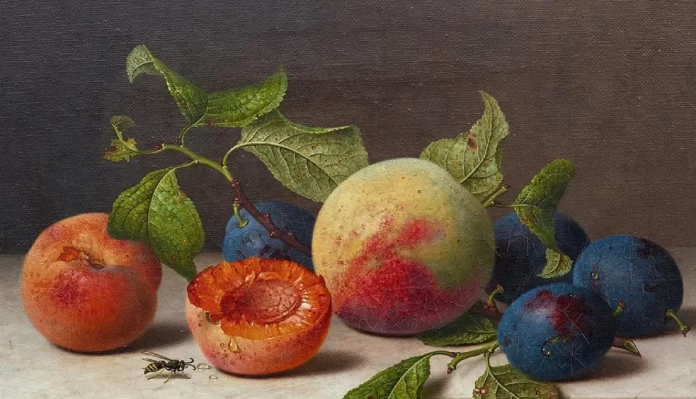As someone who doesn’t read a ton of short stories — don’t tell my ENGL 212 prof — I was pleasantly surprised when I flipped open Death by a Thousand Cuts (2024). The nine stories in this book gather into a beautifully vulnerable, and frighteningly relatable demonstration of what it is to be a woman today. I’ll admit, it’s been a while since I was able to read an entire book in one sitting, but Shashi Bhat gave me just that. Her first book of short fiction delivers an amalgamation of humour and horror, for lack of a better term, that makes the pages fly by.
From dating apps to Reddit posts and everything in between, readers are shown diverse aspects of modern womanhood. I cringed reading certain parts of the book, especially in the opening piece, “Dealbreaker” — in which a woman experiences the dark side of dating apps — and in the title story “Death by a Thousand Cuts” where a girl takes drastic measures to change her physical appearance. I felt a raw discomfort reading Bhat’s words as she depicted the internal thoughts of each character, but through my recoil came a further appreciation for women and all we endure.
Stepping back from the collection for a moment, let’s look at its author. Shashi Bhat has released three books, is a creative writing professor at Douglas College, and the editor-in-chief of EVENT magazine. She was also a finalist for the Governor General’s Award for fiction in 2022 and the Thomas Raddall Atlantic Fiction Award in 2014. I was lucky enough to speak with her about some of the specifics of her latest work as well as what inspired her to write about the experience of being a woman in the present day.
“It was just this growing awareness of what it is to exist as a woman in the world. And these small, accumulating harms and injustices that can be ultimately devastating.”
In “Dealbreaker,” we meet Asha’s date and with him the clichéd male trait of not understanding the word “no,” along with a general lack of boundaries. Mainly, it focused on the unfortunate reality of dating apps and how they have transformed the idea of relationships.
“I think there is an element of gamification, like, dark gamification … [those] weird compulsions, partly societal expectation, and partly the way our relationships have now been commodified.”
Aside from the dating app paradox, “Dealbreaker” shows how women have been groomed by society to bite their tongues. Even when Asha’s date ignores her requests, makes rude comments, drives drunk (?!), Asha carries on, wary of how he’d react if she did anything but.
In an interview with CBC’s The Next Chapter, Bhat said something that I felt fit perfectly with the message of “Dealbreaker.”
“Women will often ignore their fear instinct out of politeness.”
In reading these stories, I found myself thinking, “oh, these are just regular experiences.” Then I realized that if they were, no one would write a story about them. The subjects Bhat explores in this book highlight circumstances that women have become so desensitized to that they rarely think twice about them. When asked how she selected which experiences to describe, Bhat explained how she focused on the things she couldn’t stop thinking about.
“There will be some small interaction I have that upsets me, or even a line of dialogue that sticks in my mind … sometimes it’s a matter of taking that feeling of discomfort, growing it into a story, and building shape around it … There are things in life that happen that feel emotionally potent, but don’t necessarily have purpose or shape, and then putting it into a short story [is] a way of finding that purpose and shape.”
Bhat opens a door speaking about inadequate healthcare with the story “Chicken and Egg” that follows a woman’s journey with losing her hair. When she visits a doctor about it, she is dismissed. In the end, after continuous efforts of her trying to convince him there’s a problem, he says to her it’s her own fault for not seeking treatment sooner. Makes sense, right?
As Margaret Atwood once said:
“Men often ask me, ‘Why are your female characters so paranoid?’ It’s not paranoia. It’s recognition of their situation.”
Paralleling this sentiment, Bhat asks the question in “Her Ex Writes a Novel”:
“When a man depicts his ex-girlfriend as angry, why does nobody ask what it was that made her that way?”
Death by a Thousand Cuts examines the everyday struggles of women and the unrealistic expectations placed upon them; it is full of pent-up outrage toward a society that turns a blind eye to these issues. It is indicative of injury that manifests after years of external pressures. Like the wasp on the cover, it is bold, sharp, and full of stings.


